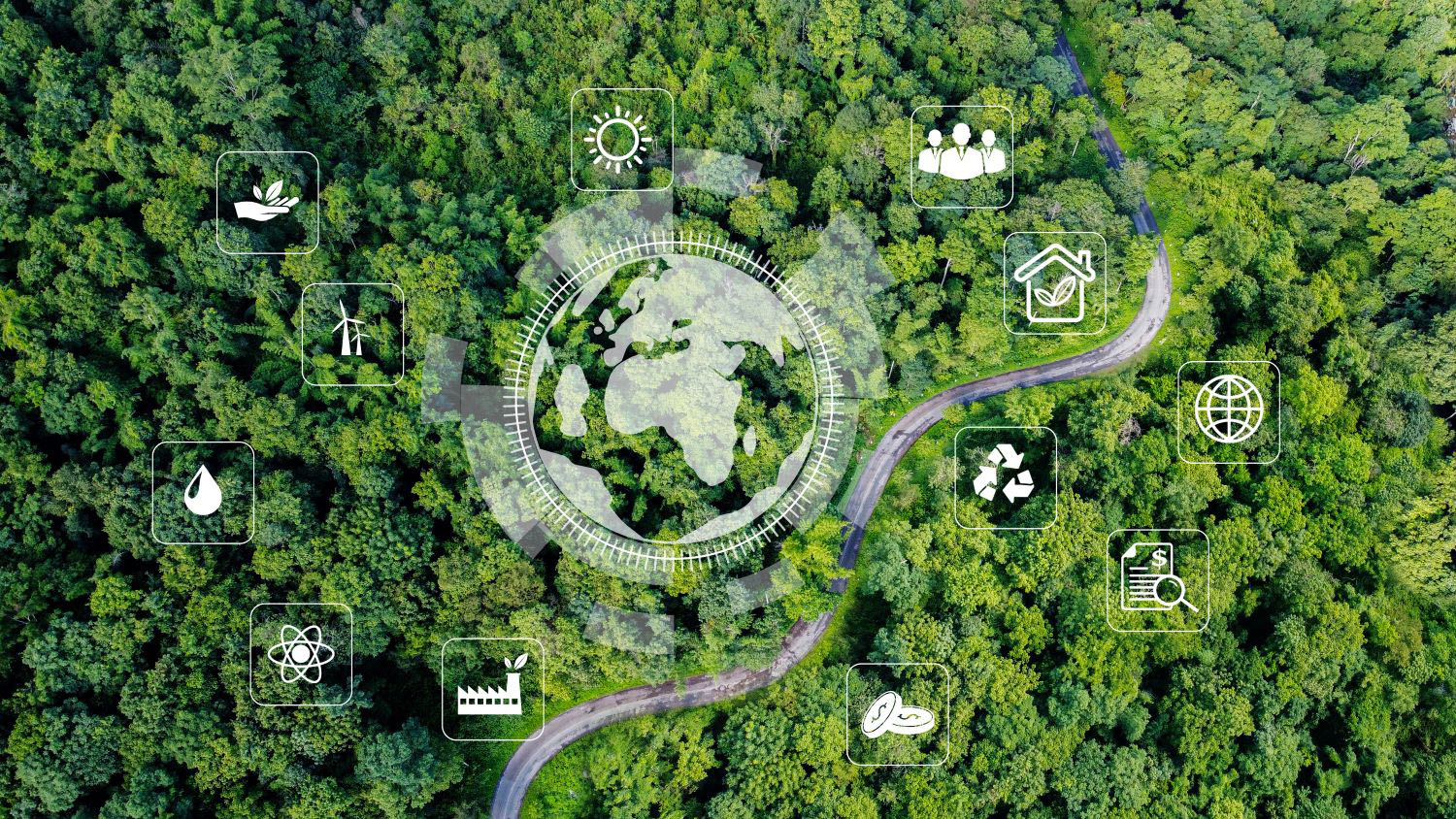The World Bank’s governors will meet this weekend to check in on president Jim Kim’s ambitious reform agenda. Anticipating the weekend’s meetings, the bank has rolled out a series of measures through press releases and speeches over the past two weeks, including the announcement of new global practice leaders, a set of financing measures to boost the bank’s lending capacity, and a completed IDA-17 replenishment agreement.
More Ideas for the World Bank
As much as the “who’s in and who’s out” of personnel decisions generates a buzz all its own, the financing measures are remarkable in their own right. Chief financial officer Bertrand Badre essentially dug around under the bank’s cushions and came up with enough loose change (in the form of budget cuts, loan pricing, and adjustments to prudential rules) to nearly double the bank’s annual lending levels on a sustainable basis to $28 billion. That’s pretty startling when you consider the authoritative prose of bank financial statements of just a few years ago, which stated that sustainable IBRD lending is now and ever shall be $15 billion a year.
President Kim will also be reporting to the World Bank’s governors that the bank raised a record $52 billion for its work in low income countries through the recent IDA replenishment, including a $1 billion low interest loan from China.
So at a time when World Bank resources have never appeared stronger, why would I be calling for a new Bank Resource Review? The short answer is that questions of the bank’s finances are inextricably linked to governance of the institution. The bank has done a good job over five decades of aligning fundraising for IDA with a strong governance mechanism, the IDA replenishment negotiations. No such mechanism exists for bank-wide issues beyond the day-to-day work of the resident board of directors and the perfunctory, semi-annual meeting of the governors’ Development Committee.
World Bank management deserves credit for steering the latest IDA replenishment to another successful conclusion, just as they deserve credit for an innovative set of measures to boost IBRD’s lending capacity. But IDA replenishments are reaching the limits of their utility. So rather than abandon the enterprise entirely, it’s time for the bank’s shareholders to move to a bank-wide approach to oversight of the institution’s finances and strategy.
CGD blog posts reflect the views of the authors, drawing on prior research and experience in their areas of expertise.
CGD is a nonpartisan, independent organization and does not take institutional positions.





